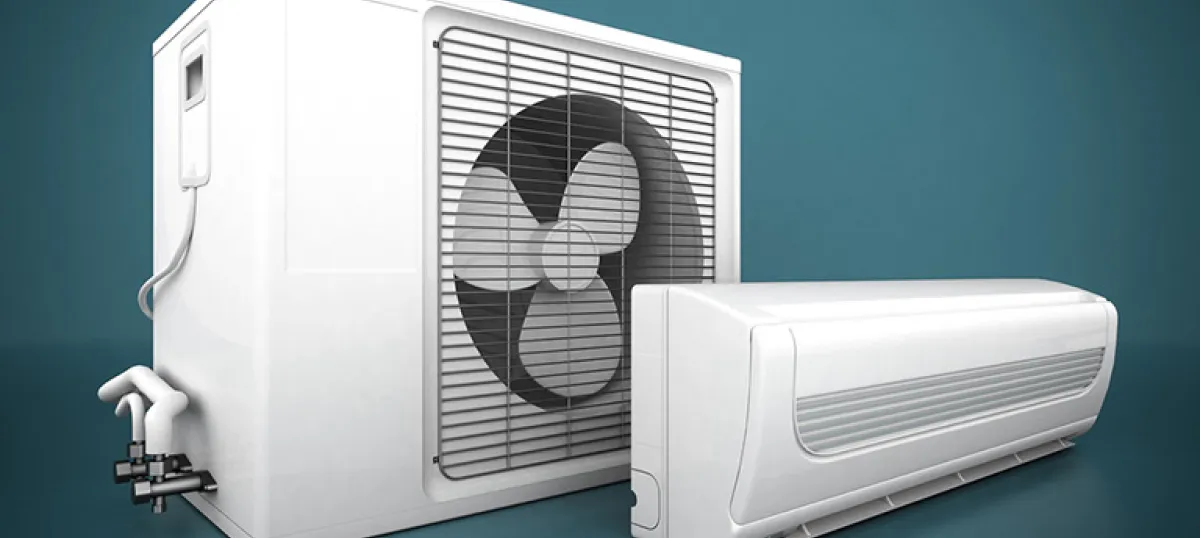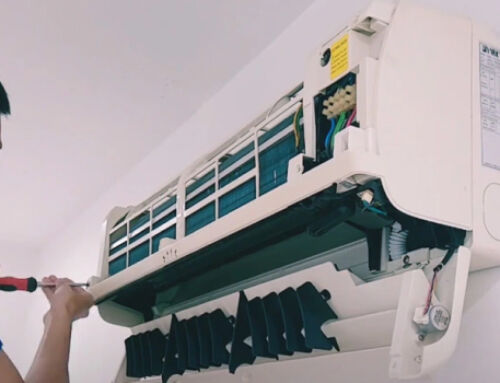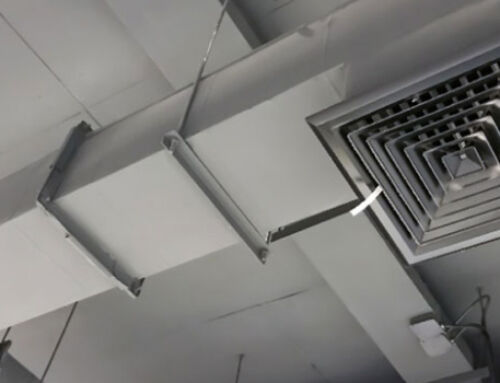Interested in a split-system A/C system?
Although A/C can help make Aussie summers bearable, these handy systems are not one-size-fits-all.
Split-system air conditioners are a popular option and have become a common sight in Sydney households. Offering a convenient and efficient way to beat the heat, chances are you’ve thought about a split system for your home or business.
Understanding the inner workings of these systems can help you appreciate the comfort they provide and make an informed decision when it comes to installation and maintenance.
In this article, we’ll break down everything you need to know about split system air conditioners, exploring how they operate and why they’ve become the go-to choice for cooling in Sydney.
From the basics of refrigeration to the intricate mechanisms behind airflow, we’ll unravel the mystery behind these indispensable devices.
Let’s get right into it.
How Split Systems Work (and Beat the Heat)
Split system air conditioners are a popular choice for cooling spaces in Sydney, offering a range of benefits that make them stand out in the market.
Unlike traditional window units or central air conditioning systems, split systems consist of two main components: an indoor unit and an outdoor compressor.
This configuration not only allows for more flexible installation but also offers improved energy efficiency and quieter operation.
[NEW] How To Install Split System Air Conditioning
One of the primary advantages of split-system air conditioners is their versatility. They come in various types, including single-zone and multi-zone units, catering to different cooling needs and room sizes.
Single-zone systems are ideal for cooling individual rooms or smaller spaces, while multi-zone systems can efficiently cool multiple areas within a home or office, all controlled by a single outdoor unit.
Split-system air conditioners are also renowned for their energy efficiency, with many models featuring advanced technologies such as inverter compressors and programmable thermostats to optimise performance and minimise electricity consumption.
This helps reduce energy bills and contributes to a more sustainable environment.
With features like adjustable fan speeds, dehumidification capabilities, and built-in air filters, split system units can create a comfortable and healthy indoor environment, even during the hottest summer days.
Plus, their sleek design and quiet operation make them an attractive choice for both residential and commercial spaces.
Proper installation is crucial to ensure optimal performance and efficiency, requiring careful consideration of factors such as location, size, and insulation.
Regular maintenance is essential to keep the system running smoothly and prolong its lifespan, including tasks like cleaning filters, checking refrigerant levels, and inspecting electrical connections.
Get Back to Basics >>> What Is Split System Air Conditioning?
Sizing and Recommendations for Split System Air Conditioners
An undersized unit will struggle to cool your space adequately, while an oversized one may lead to energy wastage and uneven temperature distribution. To determine the ideal size for your needs, several factors must be taken into account.
Firstly, consider the size of the area you need to cool. Measure the dimensions of the room or rooms where the air conditioner will be installed, taking into account factors such as ceiling height, insulation, and any heat-generating appliances or electronics.
Consider the climate conditions in Sydney, including average temperatures and humidity levels throughout the year. While Sydney experiences hot summers, the specific climate varies depending on factors such as proximity to the coast and elevation.
It’s also essential to consider the layout and usage patterns of your space. Rooms with high ceilings, large windows, or open floor plans may require a higher cooling capacity to maintain comfortable temperatures.
Rooms that are frequently occupied or subject to heat-generating activities (such as kitchens or home offices) may benefit from a more powerful air conditioner.
When selecting a split system air conditioner, opt for a model with a cooling capacity that matches your calculated requirements.
Keep in mind that larger units may offer additional features such as variable-speed compressors or zoning capabilities, allowing for greater control and energy savings.
Be cautious not to oversize the unit, as this can lead to inefficiencies and increased upfront costs.
Key Considerations
Refrigeration Cycle
At the heart of every split system air conditioner lies the refrigeration cycle, a fundamental process that enables the transfer of heat from inside your home to the outdoors.
This cycle begins with the compressor, which pressurises and circulates refrigerant throughout the system.
As the refrigerant travels through the outdoor unit’s condenser coil, it releases heat energy to the surrounding air, causing it to condense into a liquid state.
The liquid refrigerant then flows through a series of expansion valves and evaporator coils inside the indoor unit, where it absorbs heat from the indoor air, cooling it in the process.
The refrigerant returns to the compressor to begin the cycle anew, maintaining a constant flow of cooled air throughout your space.
Airflow and Ventilation
The indoor unit contains a fan that draws warm indoor air over the evaporator coils, where it is cooled and dehumidified before being circulated back into the room.
Proper airflow is essential for even cooling distribution and efficient operation, requiring careful placement of the indoor unit and regular maintenance to ensure unobstructed airflow.
Some split system air conditioners feature adjustable louvres or vents that allow you to direct the cooled air where it’s needed most, providing personalised comfort control for different areas of your home or office.
By optimising airflow and ventilation, you can maximise the effectiveness and energy efficiency of your split system air conditioner, ensuring a comfortable indoor environment year-round.
Let’s Recap What We’ve Learned so Far…
- Versatility and Efficiency: Split system air conditioners offer flexibility, energy efficiency, and superior temperature control compared to traditional cooling options.
- Sizing and Recommendations: Consider factors such as room size, climate conditions, and usage patterns to determine the appropriate size and type of split system air conditioner for your needs.
- Regulations and Compliance: Adhere to Australian regulations, permits, and approvals when installing and operating split system air conditioners to ensure safety, energy efficiency, and environmental sustainability.
Before making a decision, take the time to assess your specific cooling requirements and consult with an expert to explore your options.
By investing in the right split system air conditioner and professional services, you can enjoy a cool and refreshing retreat from the Sydney heat, all while staying efficient and environmentally conscious.
Stay Cool with HunterCON Electrical and Air
Ready to take the next step in upgrading your cooling system?
Contact HunterCON Electrical and Air today for personalised advice, professional installation, and reliable servicing of split system air conditioners in Sydney.
Our team of experienced technicians is here to help you find the perfect cooling solution for your home or business, ensuring comfort, efficiency, and peace of mind year-round.
Reach out to HunterCON Electrical and Air now to schedule a consultation or request a quote.







Leave A Comment